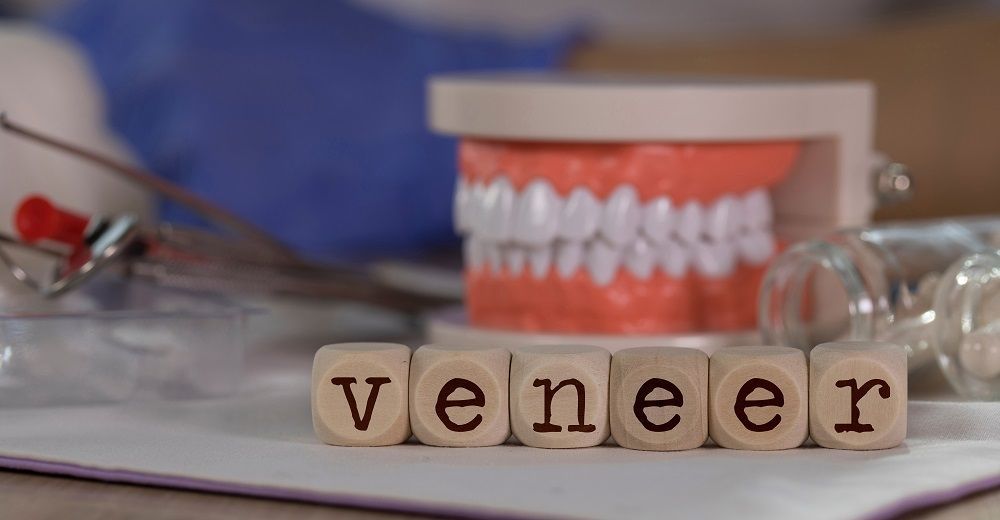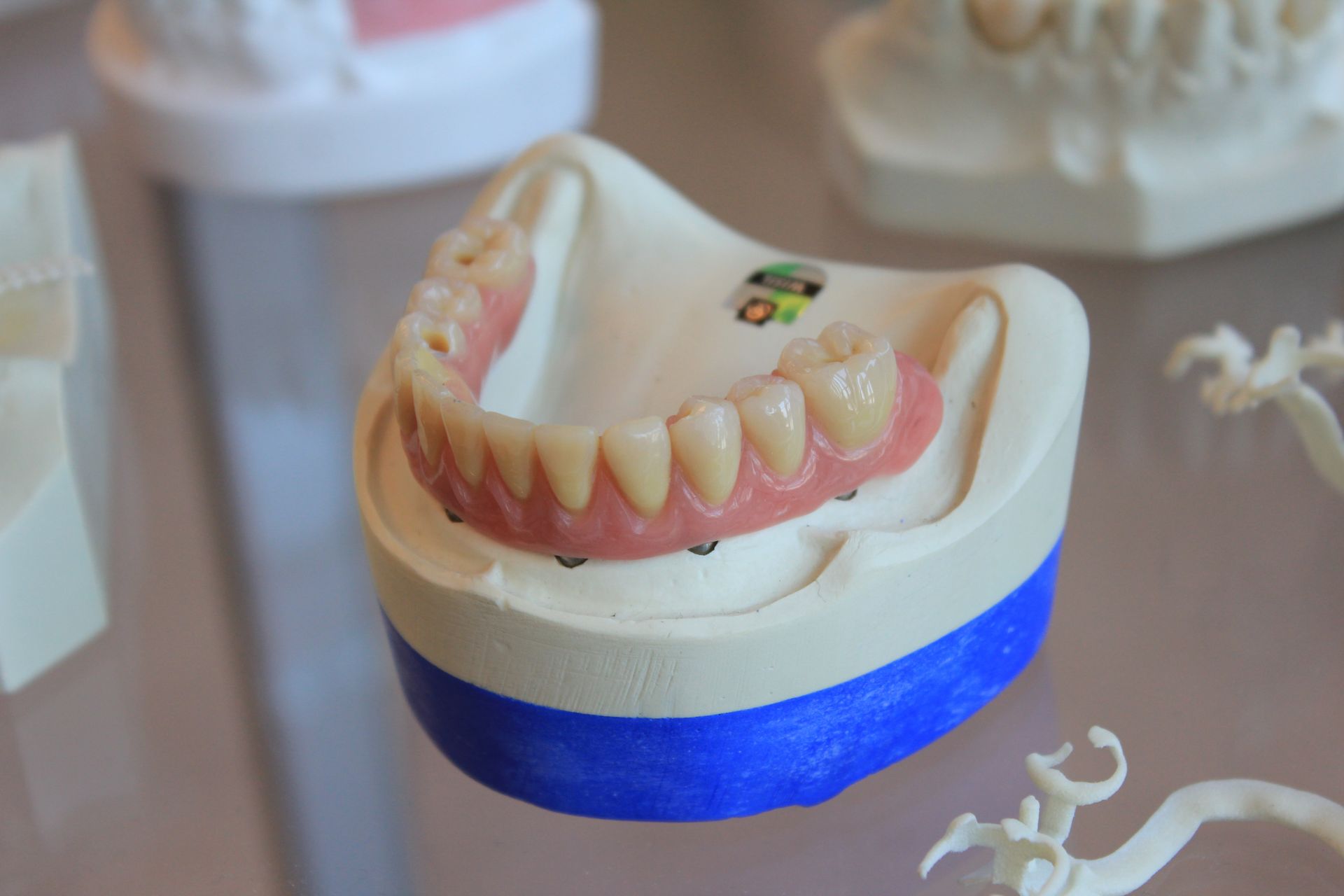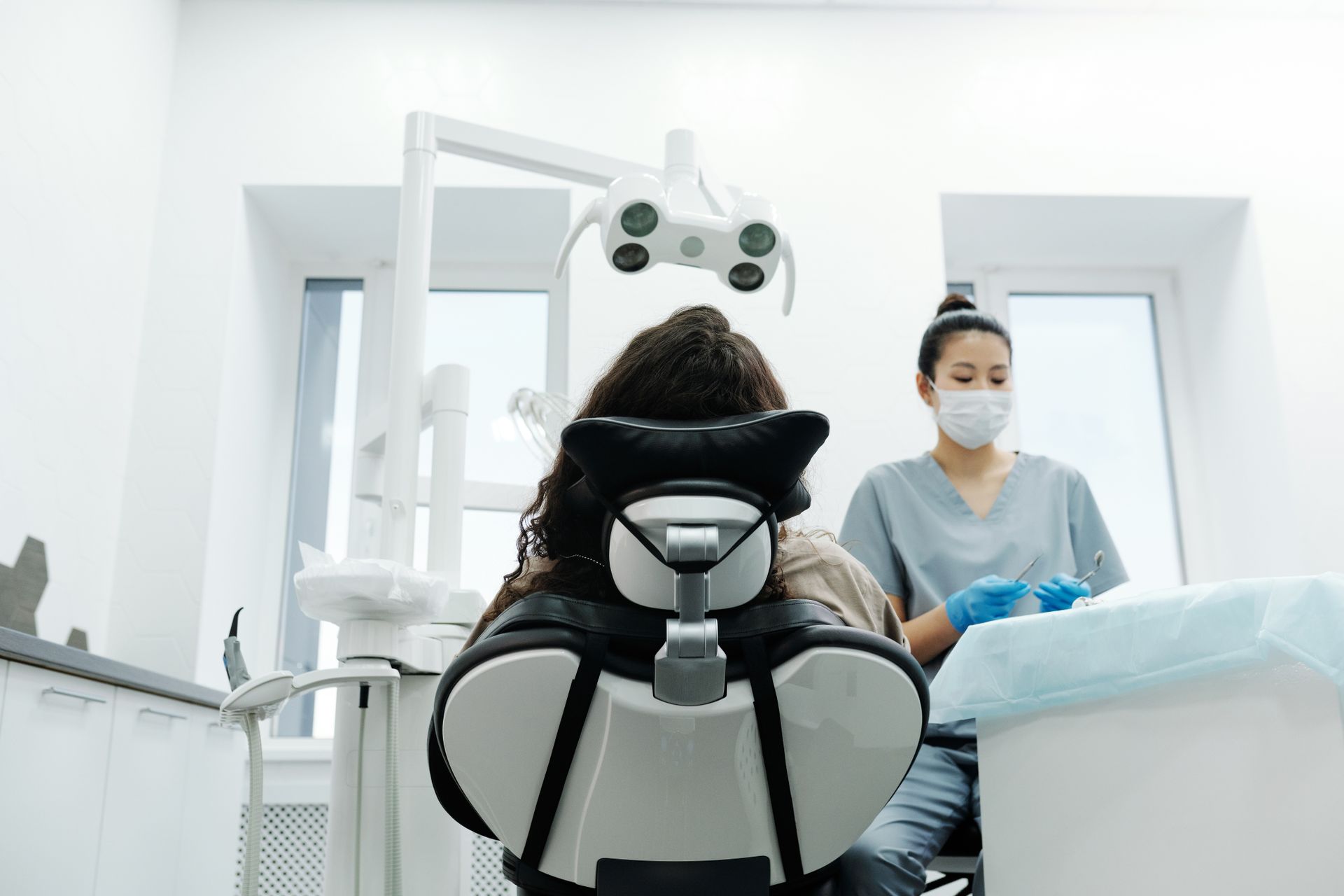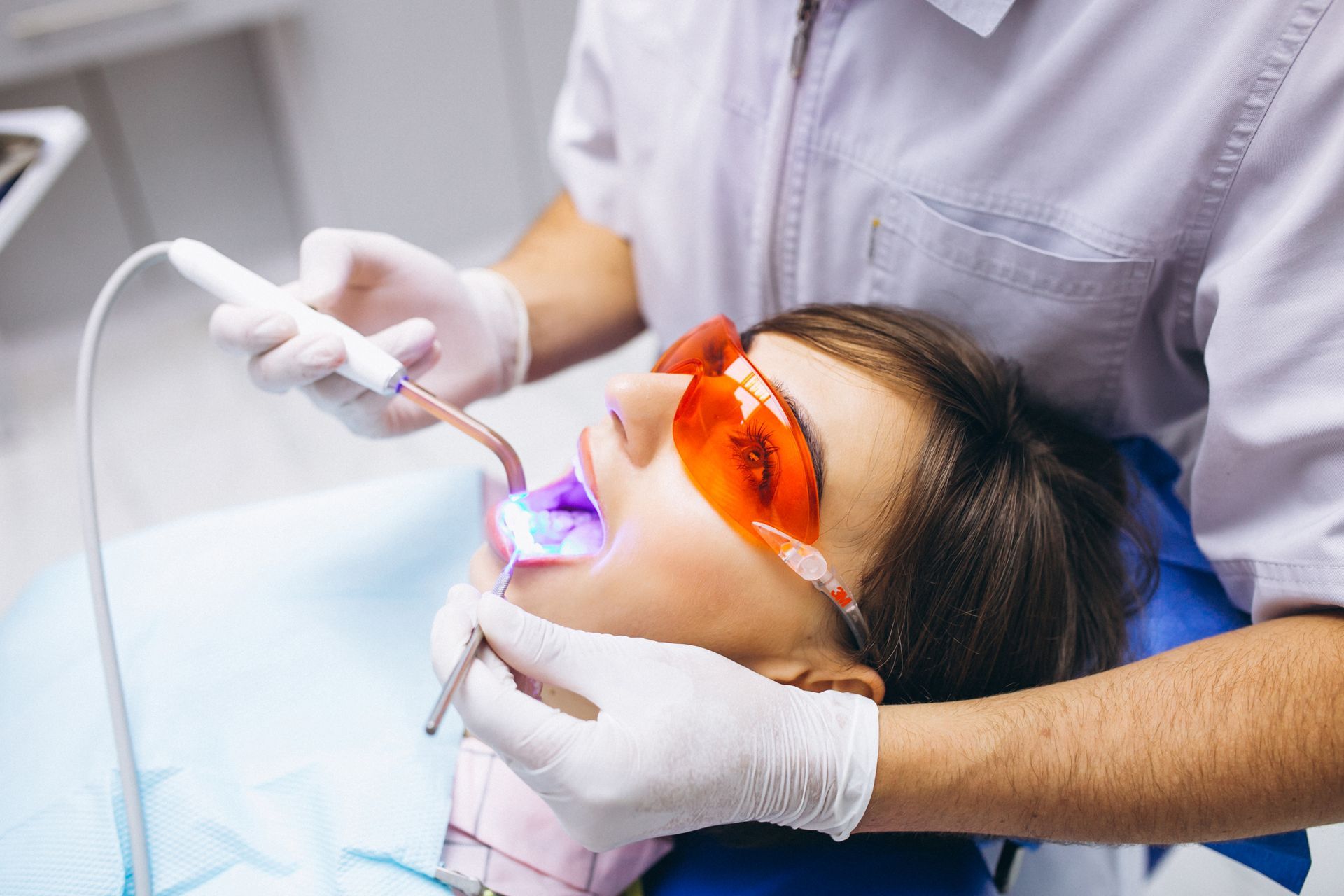What is Digital Dentistry and How Does it Work?
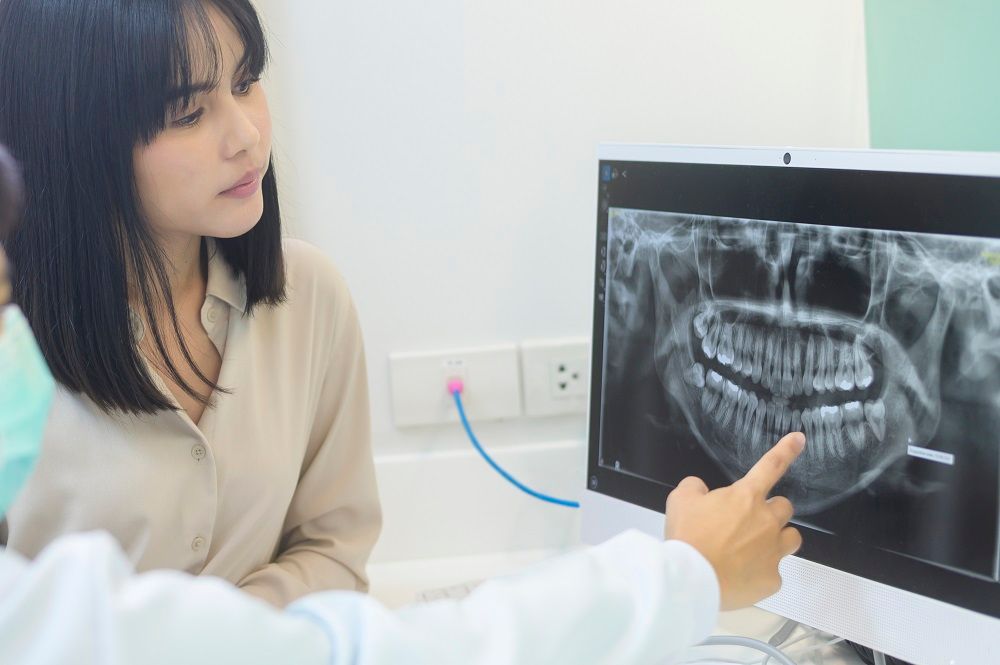
Digital dentistry has a history dating back to the 1970s when the first attempts were made to digitize dental records and radiographic images. However, it wasn't until the 1980s and 1990s that significant advancements were made in the field, with the introduction of CAD/CAM technology for dental restorations.
In 1985, the first commercial dental CAD/CAM system called CEREC (Chairside Economical Restoration of Esthetic Ceramics) was developed, allowing dentists to create crowns and other dental restorations digitally and fabricate them chairside using a milling machine. This innovation reduced the reliance on traditional dental laboratories and expedited the restoration process.
As digital technology continued to evolve, digital radiography gained popularity in the late 1990s, enabling dentists to capture X-ray images digitally, reducing radiation exposure and improving diagnostic capabilities.
In the 2000s, intraoral scanners were introduced, eliminating the need for messy impression materials. These scanners create 3D digital models of patients' teeth, making the process more comfortable and accurate.
Today, digital dentistry has become increasingly prevalent in various dental procedures, from implant planning and orthodontics to designing and manufacturing dental prosthetics. The continuous advancements in digital dentistry promise to enhance patient care, streamline dental workflows, and provide more precise and aesthetically pleasing outcomes.
Digital Technology in Dentistry
Advanced dental technologies in dentistry encompass a wide range of advanced tools and techniques that have transformed the field of oral care. These technologies include digital imaging, computer-aided design and manufacturing (CAD/CAM), intraoral scanners, 3D printing, and digital radiography. They offer numerous benefits such as improved diagnostics, precise treatment planning, and faster, more efficient workflows. Digital imaging enables high-resolution X-rays and 3D scans for accurate diagnoses, while CAD/CAM systems allow for the creation of custom dental restorations with reduced turnaround times. Intraoral scanners eliminate the need for traditional impressions, making the patient experience more comfortable. Digital dentistry continues to evolve, promising even more innovative solutions for better oral health care.
Equipment for Scanning in Digital Dentistry
Scanning equipment plays a pivotal role in digital dentistry, revolutionizing traditional dental practices and improving patient experiences. Intraoral scanners are one of the essential pieces of equipment used in this field. These handheld devices capture highly detailed 3D images of a patient's oral cavity, eliminating the need for traditional messy dental impressions. Intraoral scanners are used for various applications, including creating digital impressions for crowns, bridges, and other dental restorations.
Additionally, cone beam computed tomography (CBCT) scanners are widely used in digital dentistry. CBCT scanners provide comprehensive 3D images of a patient's teeth, jaws, and surrounding structures, enabling precise treatment planning for dental implants, orthodontics, and oral surgeries.
Moreover, digital radiography equipment has replaced conventional X-ray film with digital sensors, reducing radiation exposure and enhancing image quality. Digital radiographs allow for instant image viewing, manipulation, and storage in patients' electronic records.
By employing these advanced scanning technologies, dental professionals can achieve higher accuracy, efficiency, and patient comfort in various dental procedures, ultimately delivering better overall dental care.
CAD/CAM in digital dentistry
CAD/CAM (Computer-Aided Design/Computer-Aided Manufacturing) technology has revolutionized digital dentistry, offering a versatile and efficient solution for creating various dental restorations. In CAD/CAM digital dentistry, computer technology is used to design dental prosthetics and restorations, and then the designs are manufactured using milling machines or 3D printers.
The process begins with a digital impression taken using intraoral scanners, eliminating the need for traditional messy dental impressions. The digital impression is then imported into CAD software, where the dentist or dental technician can design the desired restoration, such as crowns, bridges, or veneers, with precise customization to fit the patient's unique anatomy.
Once the design is complete, it is sent to a milling machine or a 3D printer, which fabricates the restoration from a solid block of material. CAD/CAM restorations offer excellent accuracy, ensuring a precise fit and natural aesthetics.
The efficiency of CAD/CAM in digital dentistry reduces the turnaround time for restorations, allowing patients to receive their permanent restorations in a single visit. Moreover, the digital workflow enhances communication between dentists and dental laboratories, resulting in superior outcomes and improved patient satisfaction.
Digital Workflow in Dentistry
Digital workflow in dentistry refers to the seamless integration of advanced digital technologies and computerized systems throughout various stages of dental treatment, from diagnosis and treatment planning to fabrication and delivery of dental restorations. This digital transformation has revolutionized the way dental professionals approach patient care, offering numerous benefits in terms of efficiency, precision, and patient satisfaction.
The digital workflow typically begins with digital imaging, such as cone beam computer tomography (CBCT) or intraoral scanners. These technologies allow dentists to capture highly detailed 3D images of the patient's oral structures, providing valuable diagnostic information without the need for traditional X-rays or messy dental impressions.
Once the digital images are acquired, they can be imported into specialized software for treatment planning. This digital treatment planning stage enables
dentist Coppell to visualize the patient's dental condition, analyze the data, and determine the most appropriate course of action. Whether it's orthodontic treatment, dental implant placement, or designing dental restorations, the digital workflow allows for precise and personalized treatment plans.
The next step involves computer-aided design and manufacturing (CAD/CAM) technology. Using specialized software, dental professionals can design dental restorations, such as crowns, bridges, and veneers, with great accuracy. The digital designs are then sent to a milling machine or a 3D printer, which fabricates the restorations from high-quality materials. This significantly reduces the turnaround time compared to traditional methods that relied on dental laboratories.
Finally, the fabricated restorations are delivered to the patient, completing the digital workflow. The use of digital technologies ensures that the dental restorations fit precisely, provide optimal aesthetics, and function seamlessly with the patient's natural dentition.
Overall, digital workflow in dentistry streamlines processes, reduces the risk of human error, and enhances the overall patient experience. It allows for faster treatment times, improved treatment outcomes, and greater patient satisfaction, making it an essential component of modern dental practice. As digital technologies continue to advance, the digital workflow will likely play an even more significant role in shaping the future of dentistry.
Digital Restorative Dentistry
Digital restorative dentistry utilizes advanced digital technologies to design, fabricate, and place dental restorations with increased accuracy and efficiency. This approach replaces traditional manual methods with computer-aided design and manufacturing (CAD/CAM) techniques, intraoral scanners, and 3D printing. With digital restorative dentistry, dental professionals can create highly precise digital impressions, design crowns, bridges, and veneers virtually, and then fabricate them chairside using milling machines or 3D printers. This technology streamlines the restorative process, reduces the need for multiple appointments, and delivers restorations that fit better and look more natural. Patients can experience faster treatment times, improved comfort, and long-lasting, aesthetically pleasing results.
Digital Orthodontic Treatment
Digital orthodontic treatment leverages advanced technology to revolutionize traditional orthodontic practices. It involves the use of 3D digital scanning, computer-aided design (CAD), and computer-aided manufacturing (CAM) techniques to create custom orthodontic appliances, such as clear aligners or braces. In this process, orthodontists use digital impressions of a patient's teeth to create precise treatment plans, allowing for more accurate tooth movement and predictable outcomes. Additionally, digital treatment planning enables patients to visualize their progress and potential results before starting treatment. With reduced reliance on physical molds and manual adjustments, digital orthodontics offers more efficient, comfortable, and aesthetically pleasing solutions for patients seeking to achieve a straighter smile.
Advantages of Digital Dentistry
- Enhanced accuracy and precision in dental treatments
- Faster and more efficient workflows
- Reduced patient chair time and fewer appointments
- Digital impressions eliminate the need for messy traditional impressions
- Improved diagnostics with advanced imaging technologies
- Customized and precise dental restorations using CAD/CAM technology
- Enhanced communication between dental professionals and laboratories
- Digital records and storage for easy accessibility and organization
- Minimized radiation exposure with digital radiography
Integration of 3D printing for quick fabrication of dental models and surgical guides.New paragraph
Conclusion
Discover the benefits of digital dentistry at Smiles By Design Dental. Experience enhanced accuracy, faster treatments, and customized restorations with our advanced dental technology. Call us today at (469) 451-5020 to schedule an appointment and take the first step towards a healthier, more beautiful smile. Embrace the future of dentistry with us!
Coppell and Irving Smiles By Design Dental provides the best and latest in dental technology and treatment options.
FEATURED SERVICES
OPENING HOURS
- Mon, Wed
- -
- Tue, Thu
- Appointment Only
- Friday
- -
- Saturday
- -
- Sunday
- Closed

